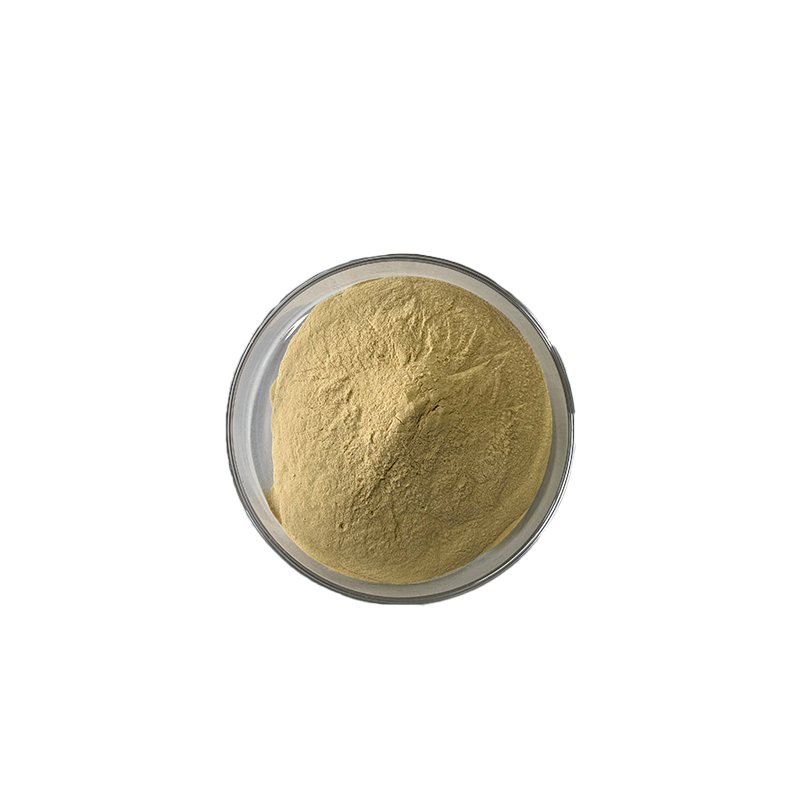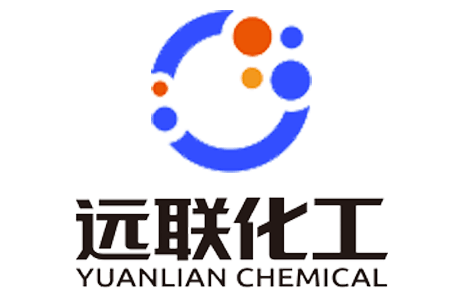
The Insider's Guide to Gypsum Retarders: How to Choose the Best One?
Gypsum is an essential building material, and its setting and hardening process significantly impact the final product's performance. In actual production, retarders are often added to adjust the setting time to meet construction requirements. So, what are gypsum retarders? How do they work? And what should a high-quality gypsum retarder offer? Let’s break it down in simple terms.
How Gypsum Hardens: From Plasticity to Solid Structure
To understand retarders, we first need to know how gypsum hardens. The setting and hardening of gypsum primarily involve the reaction between hemihydrate gypsum and water, converting it back to dihydrate gypsum. In simple terms, when water is added to plaster of Paris (CaSO₄·0.5H₂O), it transforms back into raw gypsum (CaSO₄·2H₂O). This process is called the hydration reaction.
From a crystal theory perspective, gypsum setting is a "dissolution-hydration-crystallization" process. Because hemihydrate gypsum is much more soluble in water than dihydrate gypsum, when hemihydrate dissolves, the solution becomes supersaturated with dihydrate, causing dihydrate crystals to precipitate.
As hydration continues, more dihydrate crystals form, and water gradually reduces. The paste begins to lose plasticity, which is called initial setting. Then, the paste thickens further, friction and bonding between crystals increase, and structural strength develops, leading to final setting.

Types of Gypsum Retarders and How They Work
Commonly used gypsum retarders fall into three categories: organic acids, alkaline phosphates, and protein-based retarders.
1. Organic Acid Retarders
These include citric acid, tartaric acid, malic acid, and succinic acid. These retarders contain multiple functional groups like carboxyl and hydroxyl groups. They react with calcium in gypsum to form complexes that adsorb onto the surface of dihydrate crystal nuclei, inhibiting crystal growth and delaying hydration.
Among them, citric acid offers the highest retarding efficiency but also has the most significant negative impact on strength. Tartaric acid, on the other hand, helps maintain plasticity for a longer time.
2. Alkaline Phosphate Retarders
These include sodium pyrophosphate, sodium hexametaphosphate, sodium tripolyphosphate, and sodium polyphosphate. These retarders react with Ca²⁺ ions in gypsum through their unique [NaPO₃]₂⁻ structural units, forming calcium polyphosphate precipitates that coat the crystal surfaces. This reduces the dissolution rate of the hemihydrate phase and the supersaturation of the liquid phase, slowing down hydration.
Although highly effective, these retarders are required in larger doses and significantly reduce the strength of the final product.
3. Protein-Based Retarders
These include animal and plant hydrolyzed proteins, as well as polymerized amino acids. These retarders contain functional groups such as -COOH, -NH₂, and -CO-NH-, which can complex with Ca²⁺ ions in gypsum and adsorb onto the crystal surfaces, delaying hydration.
Protein-based retarders are not only abundant and eco-friendly but also offer excellent retarding performance with minimal strength loss, making them the top choice in gypsum retardation.
It's important to note that proteins themselves do not have retarding effects. They must be hydrolyzed into peptides to work. Based on production methods, peptide retarders are further divided into protein hydrolyzates and polymerized amino acids. Polymerized amino acids, made from single amino acid sources through chemical polymerization, offer consistent functional groups, uniform peptide units, good storage stability, and easy water solubility without odor, ensuring stable retarding effects.
How to Choose a High-Quality Gypsum Retarder?
A high-quality gypsum retarder should have the following features:
Good Stability: Reliable production process ensuring consistent product quality across batches.
Clear and Controllable Linear Relationship: Users can accurately adjust the setting time based on construction needs.
Strong Adaptability: Works well with various types of gypsum raw materials.
Minimal Strength Impact: Delays setting time while minimizing negative effects on the final product’s strength.
Excellent Compatibility: Works well with other gypsum additives, such as water reducers and water retention agents.
Good Dispersion: Distributes evenly and stably in the gypsum paste.
Cost-Effectiveness: Offers competitive pricing without compromising performance. This is a key advantage of localized high-quality retarders—enabling users to avoid relying on expensive imported products.
Conclusion
As the construction industry demands higher quality gypsum products, choosing the right retarder becomes increasingly important. Understanding the characteristics and mechanisms of different types of retarders helps select the most suitable product, ensuring both workability and final product quality.
Yuanlian Chemical specializes in the production of polyaspartic acid (PASP),tetrasodium iminodisuccinate(IDS), GLDA, MGDA etc. with stable quality and excellent quantity!





Contact us